Rising Sea Levels

Florida’s coastal resorts stand as picturesque getaways, but rising sea levels present a formidable challenge. As water levels increase, the risk of flooding becomes more prevalent, threatening both infrastructure and natural habitats. Resorts face escalating costs related to flood prevention and mitigation, such as building sea walls and elevating structures. Rising sea levels also contribute to saltwater intrusion, which can devastate freshwater supplies. Furthermore, the beauty of Florida’s beaches might be compromised, impacting tourism and local economies. The issue is not only a future concern; it is happening now, requiring immediate action and adaptation.
Beach Erosion
Beach erosion is a natural process, but human activities have accelerated its impact on Florida’s coastlines. The constant ebb and flow of tides gradually wear away the sand, which is then exacerbated by storms and human interference. Resorts must invest heavily in beach nourishment projects, importing sand to replace what is lost. This cyclical battle against nature can be costly and sometimes ineffective. Erosion not only impacts the aesthetic appeal of beaches but also undermines the structural integrity of nearby buildings. The loss of beach area can also affect wildlife habitats, further complicating conservation efforts.
Hurricanes and Storm Surges
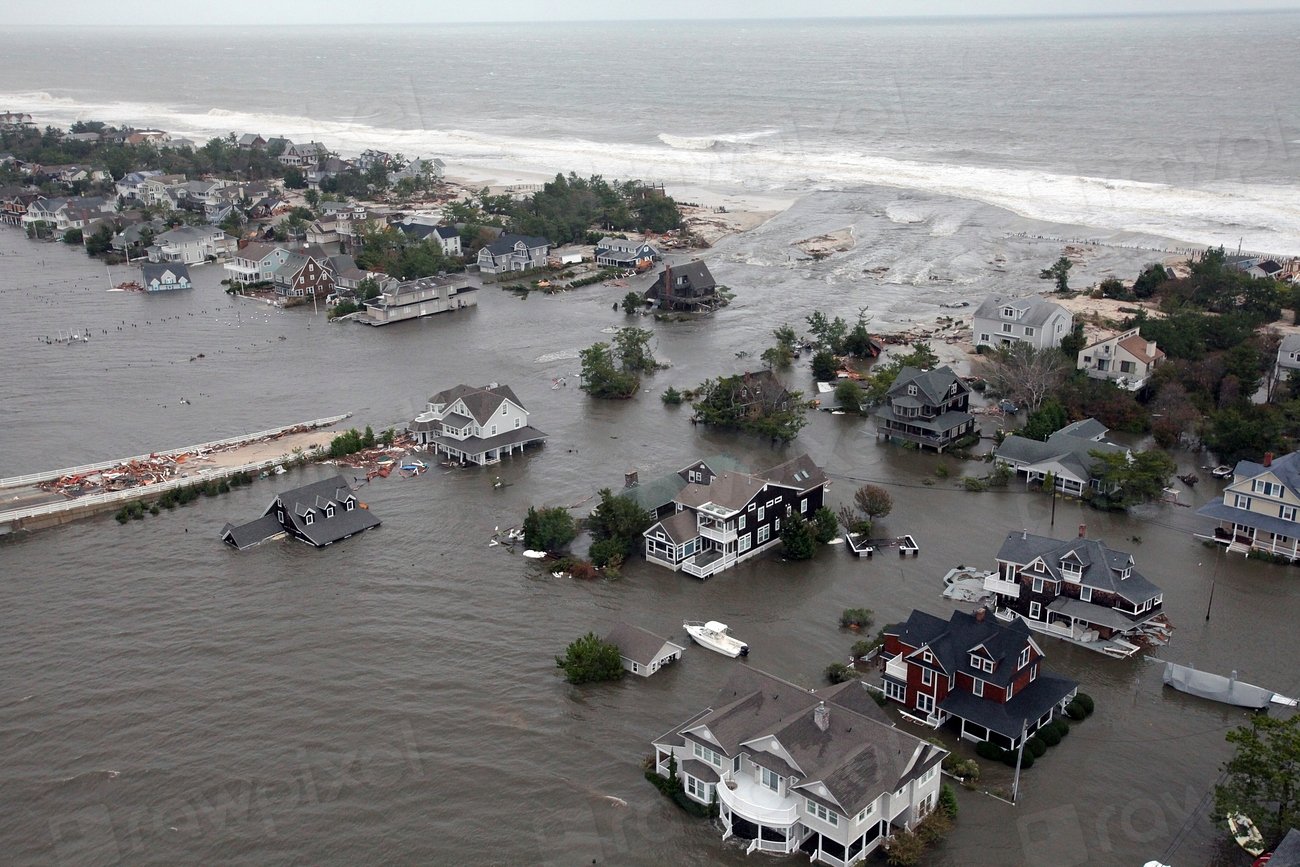
Florida is no stranger to hurricanes, but their increasing frequency and intensity spell trouble for coastal resorts. Hurricanes bring with them storm surges, which can inundate vast areas, causing widespread damage. The destruction of property, both private and commercial, leads to substantial economic losses. The aftermath of a hurricane can take months, if not years, to recover from, affecting tourism and local livelihoods. Resorts must constantly improve their infrastructure to withstand these natural disasters. The unpredictability of hurricanes also poses challenges in planning and preparedness.
Coral Reef Degradation
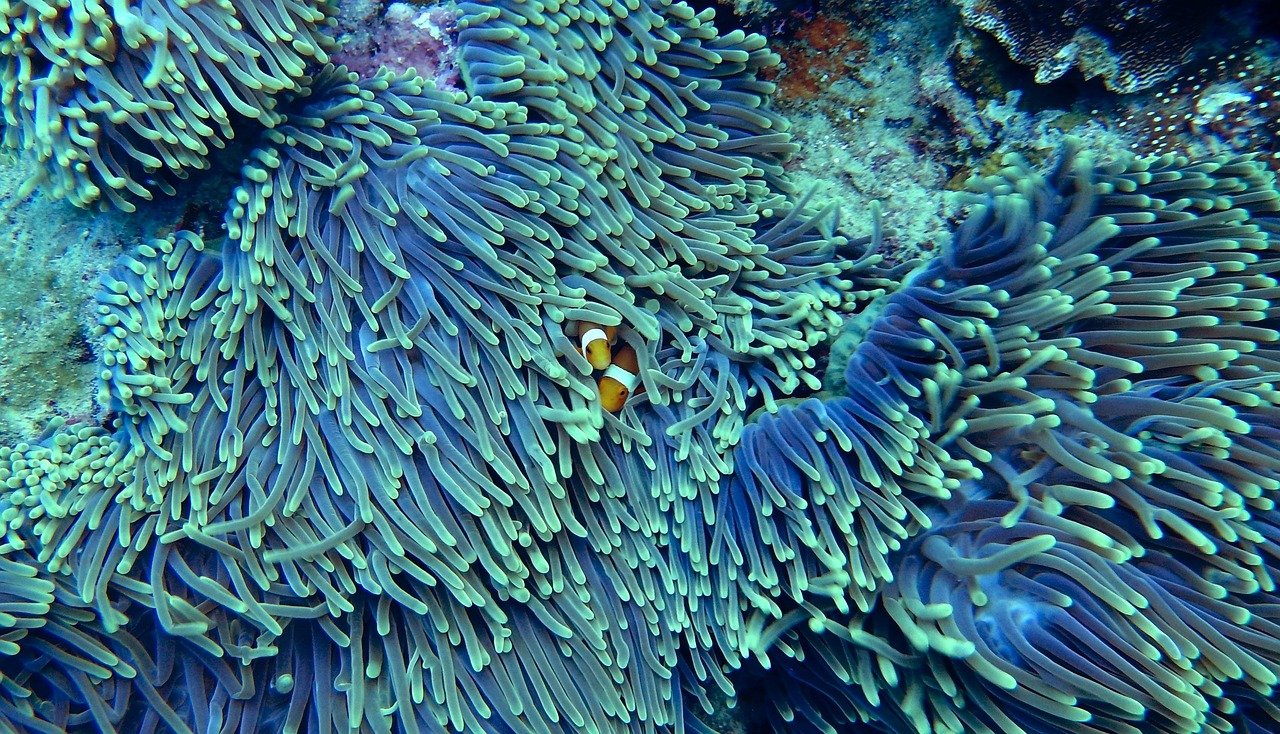
Coral reefs are vital to Florida’s marine ecosystem, but they are facing serious threats. Pollution, overfishing, and climate change contribute to their degradation. Coral bleaching events, caused by increased water temperatures, are becoming more frequent. The loss of coral reefs affects biodiversity, as they provide habitat for numerous marine species. This degradation also impacts tourism, as diving and snorkeling are popular attractions. Efforts to restore and protect coral reefs are ongoing, but they require substantial investment and international cooperation. The health of coral reefs is a barometer for the overall well-being of marine environments.
Water Pollution
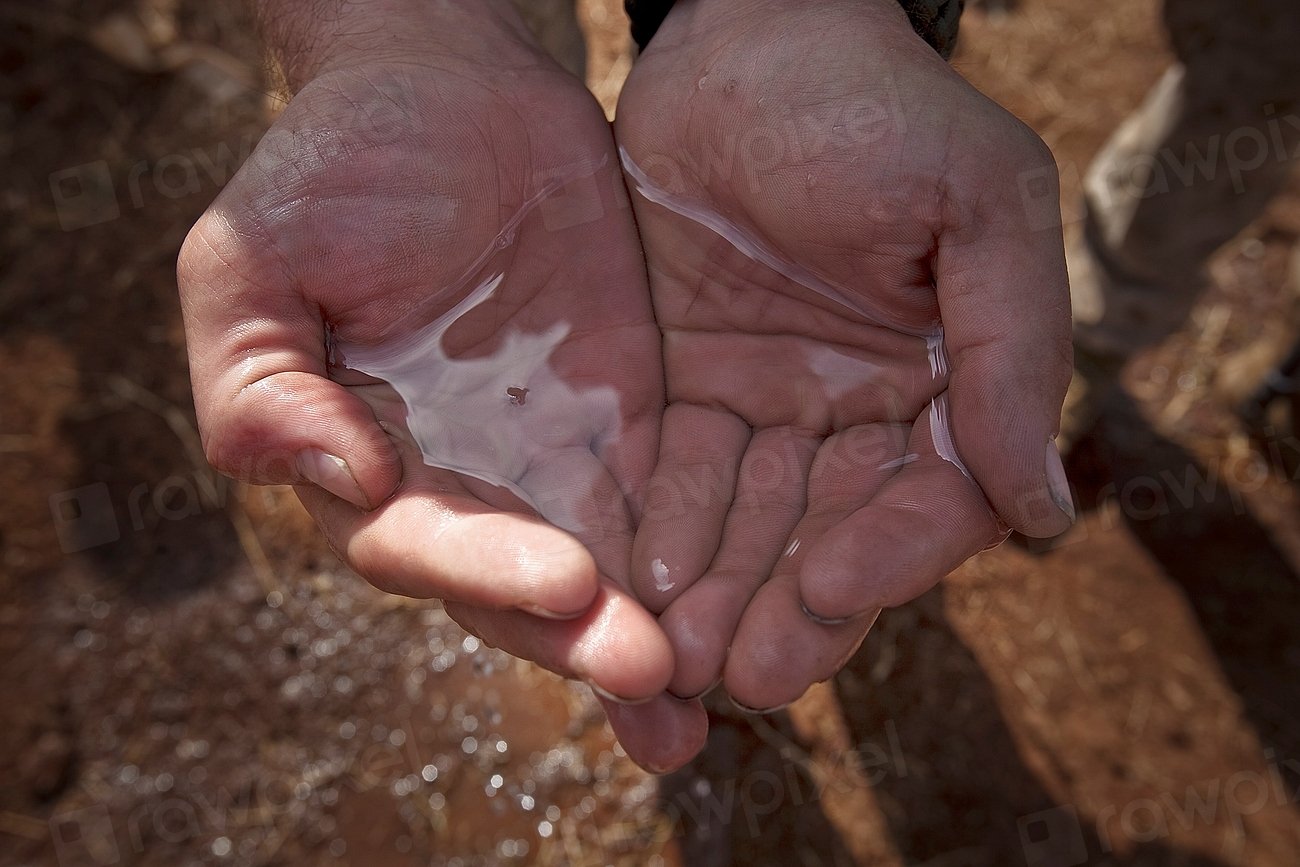
Water pollution is a pressing concern for Florida’s coastal resorts, affecting both the environment and public health. Runoff from agriculture and urban areas introduces harmful chemicals and nutrients into the water. This pollution can lead to the proliferation of harmful algal blooms, which are toxic to marine life and humans. Resorts must ensure that wastewater is properly treated to prevent contamination. The presence of pollutants in the water can deter tourists and damage the state’s image as a pristine destination. Addressing water pollution requires coordinated efforts across multiple sectors and communities.
Red Tide and Harmful Algal Blooms
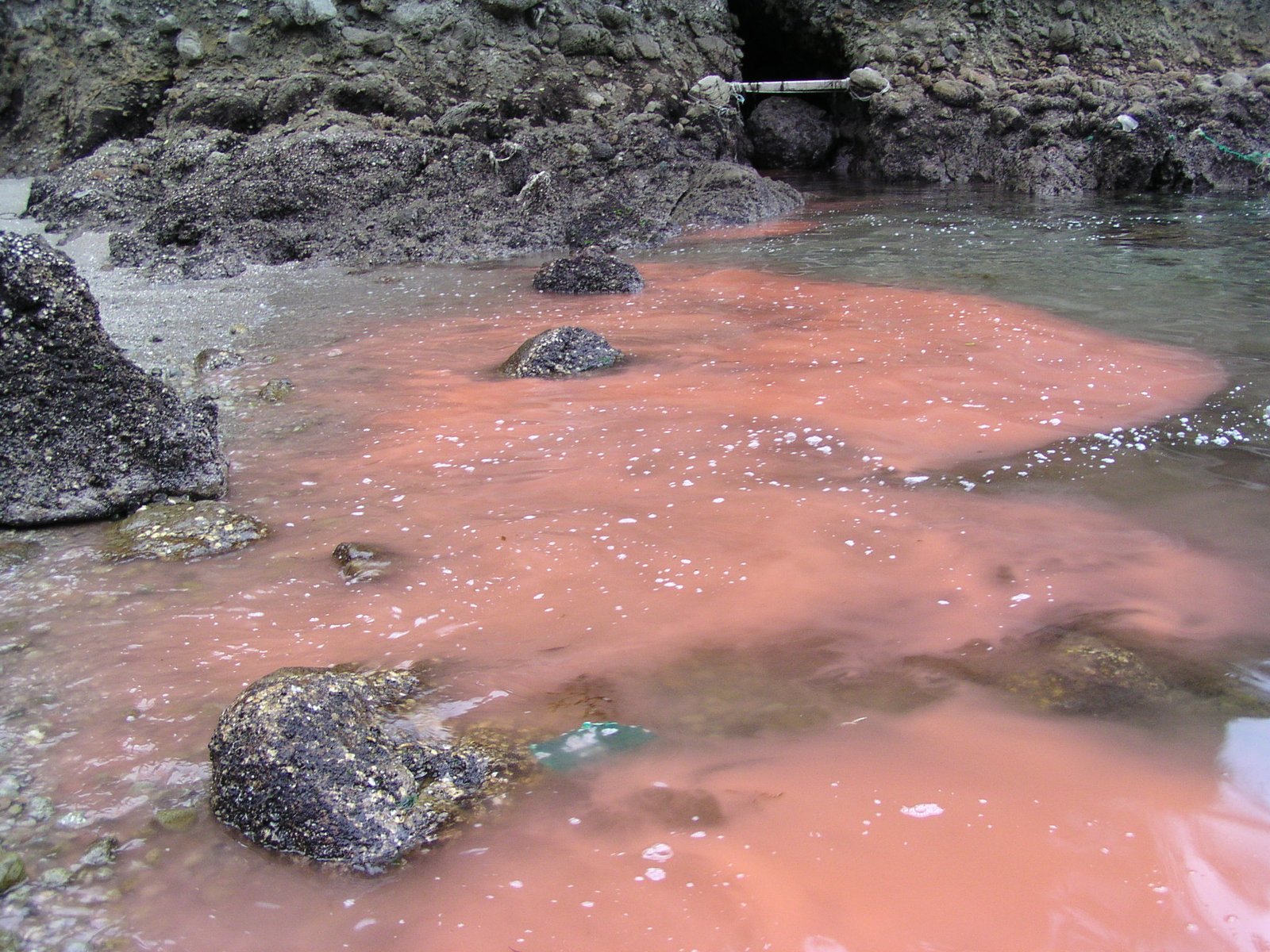
Red tide and harmful algal blooms are natural phenomena that have been exacerbated by human activities. These blooms produce toxins that can kill fish, contaminate shellfish, and cause respiratory issues in humans. The sight of dead marine life washing ashore can be devastating for resorts, driving away tourists. The economic impact is significant, affecting not only resorts but also local businesses that rely on tourism. Efforts to predict and mitigate these blooms are ongoing, but they remain a complex and challenging issue. Understanding the causes and effects of algal blooms is crucial for developing effective solutions.
Overdevelopment
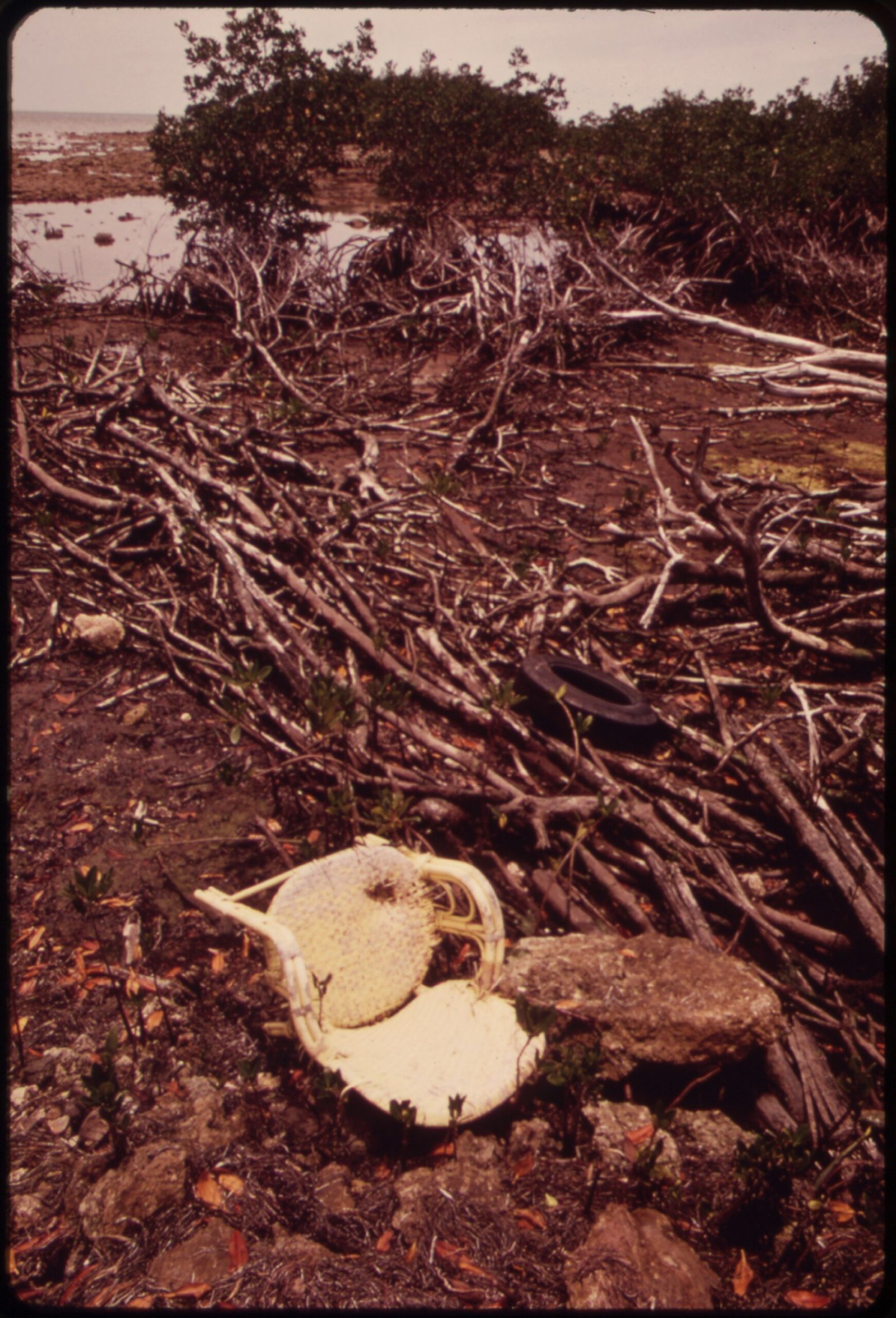
Overdevelopment along Florida’s coasts has led to a host of environmental problems. The construction of resorts and infrastructure often involves clearing natural habitats, leading to loss of biodiversity. Overdevelopment can strain local resources, including water and energy. It also increases the risk of flooding and erosion, as natural barriers like dunes and mangroves are removed. The visual impact of overdevelopment can detract from the natural beauty that attracts tourists in the first place. Balancing development with conservation is a critical challenge that requires thoughtful planning and regulation.
Loss of Mangroves
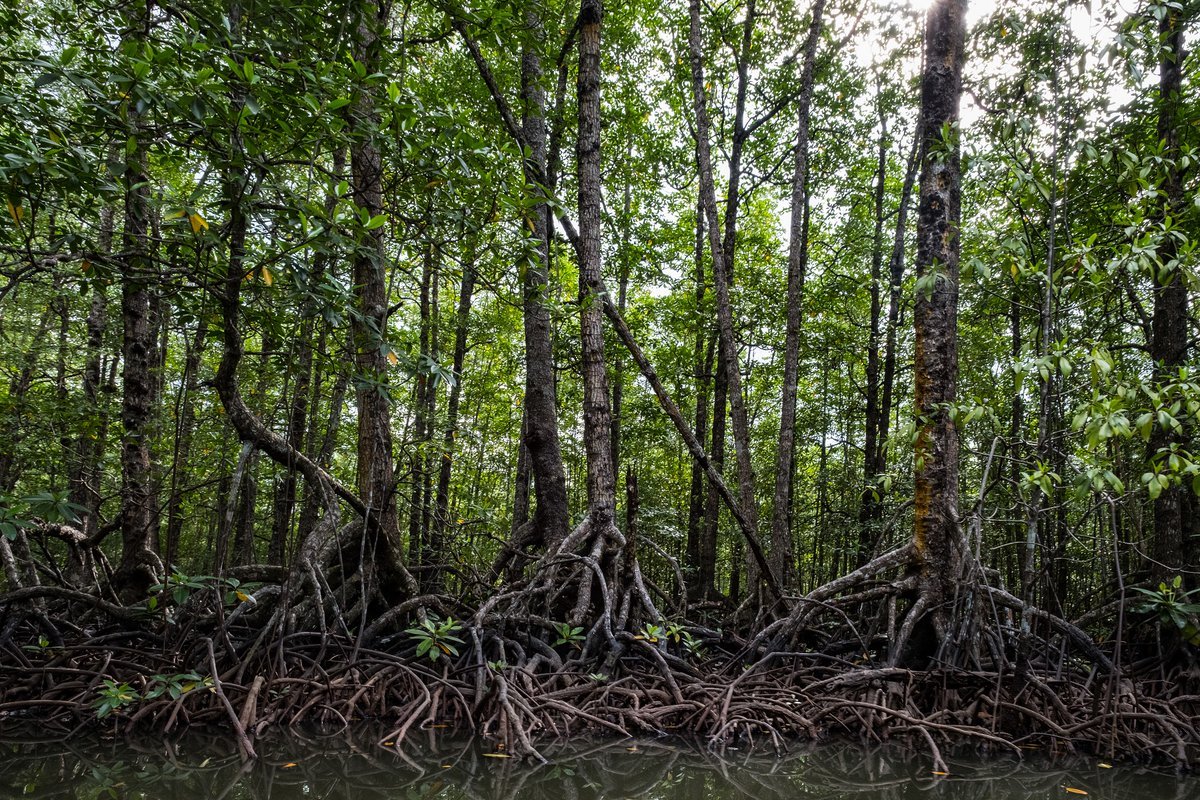
Mangroves are crucial for coastal protection, acting as natural barriers against storms and erosion. However, they are under threat from development and climate change. The loss of mangroves reduces the coastline’s resilience to natural disasters, increasing vulnerability. Mangroves also serve as important habitats for many species, supporting biodiversity. Their loss can disrupt ecosystems and affect local fisheries. Efforts to restore and protect mangroves are essential, as they provide invaluable ecological services. Recognizing their importance can lead to more sustainable development practices.
Plastic Pollution

Plastic pollution is a global issue with local consequences for Florida’s coastal resorts. Plastics can be found littering beaches and polluting the ocean, harming marine life. Sea turtles, birds, and fish often ingest plastic, mistaking it for food, leading to injury or death. Resorts must address waste management to reduce plastic pollution, encouraging recycling and the use of biodegradable materials. The presence of plastic waste can tarnish the image of a clean, pristine vacation destination. Public awareness and education are key components in tackling this pervasive problem.
Overfishing
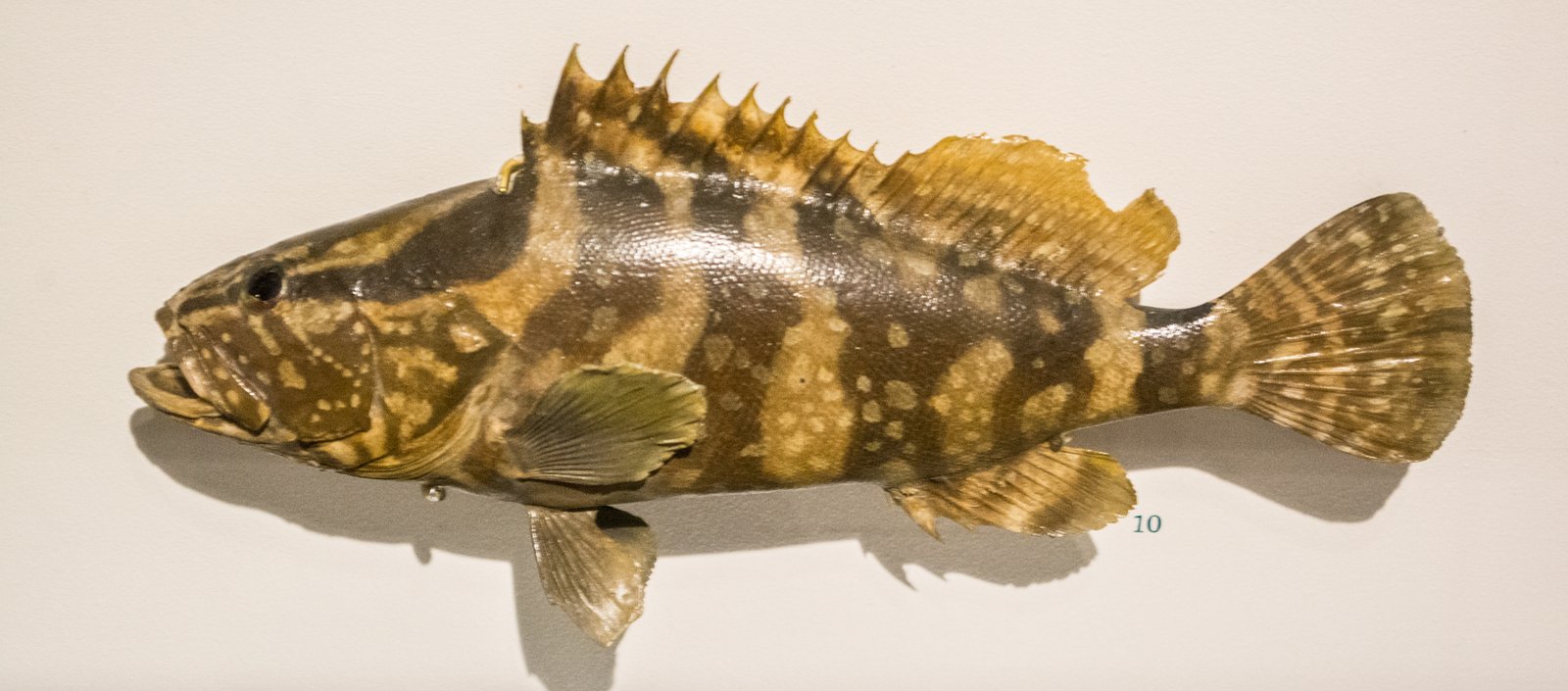
Overfishing poses a significant threat to Florida’s marine ecosystems and the communities that depend on them. The depletion of fish stocks can lead to imbalanced ecosystems, affecting predator and prey relationships. Overfishing can also impact local fisheries, threatening livelihoods and food security. Resorts that offer fishing activities must promote sustainable practices to ensure the long-term health of marine resources. Regulations and enforcement are necessary to control fishing activities and protect vulnerable species. Collaboration among stakeholders, including governments, NGOs, and the fishing industry, is crucial to address this issue effectively.
Saltwater Intrusion
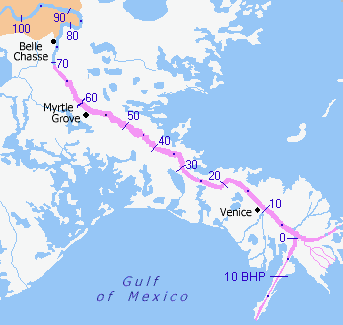
Saltwater intrusion is a growing concern for Florida’s coastal areas, where freshwater systems are increasingly contaminated by saltwater. This phenomenon is exacerbated by rising sea levels and excessive groundwater extraction. Saltwater intrusion can compromise drinking water supplies and agricultural irrigation, impacting both residents and resorts. Managing this issue requires careful monitoring and sustainable water management practices. Desalination and other technological solutions offer potential remedies but come with their own challenges. Understanding the dynamics of saltwater intrusion is essential for safeguarding freshwater resources.
Loss of Seagrass Beds

Seagrass beds are vital to the health of Florida’s coastal ecosystems, providing habitat and food for a variety of marine species. However, they are under threat from pollution, overfishing, and coastal development. The loss of seagrass beds can lead to declines in fish populations and affect the overall biodiversity of the area. Seagrass also plays a role in carbon sequestration, helping to mitigate climate change. Efforts to restore and protect seagrass beds are ongoing but require coordinated action and investment. Recognizing the ecological importance of seagrass is crucial for conservation efforts.
Climate Change Impacts
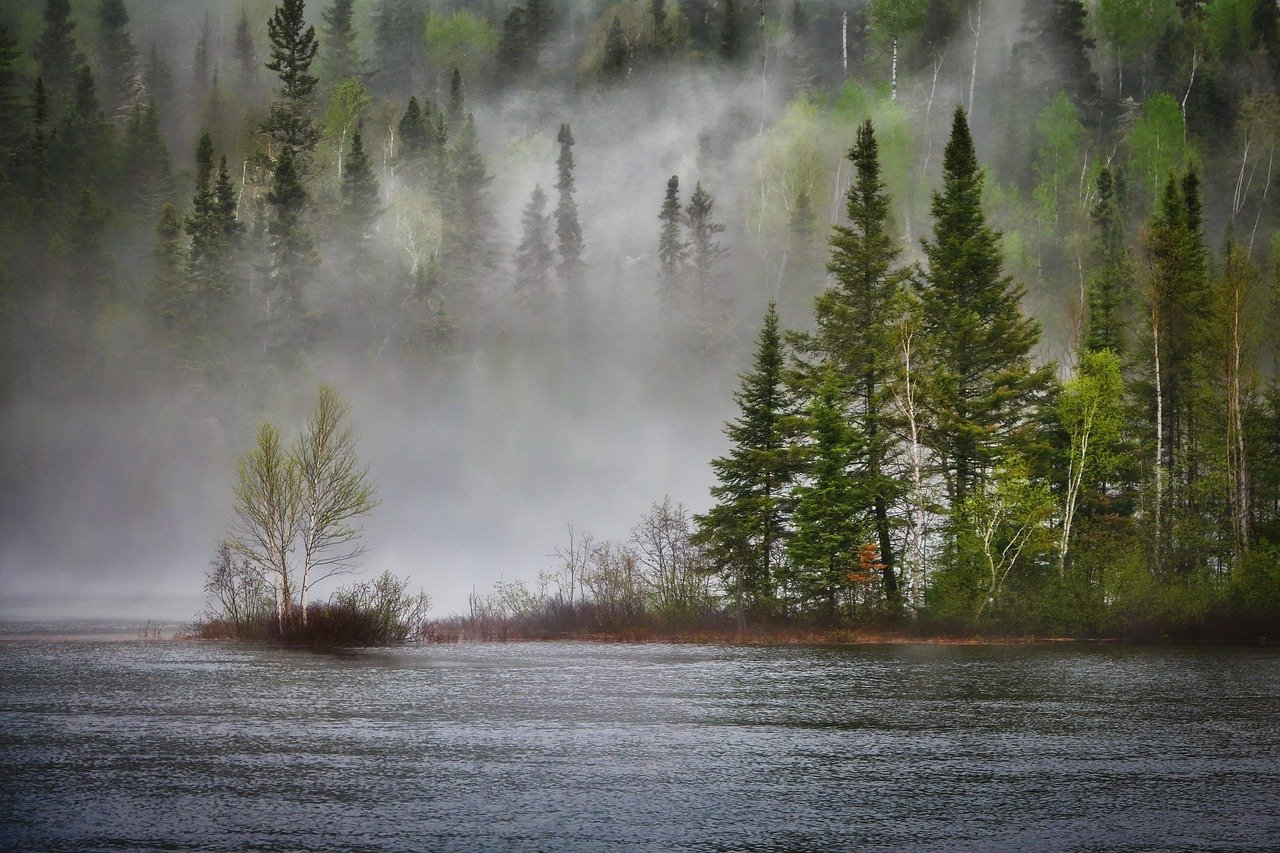
Climate change is a pervasive issue that affects all aspects of Florida’s coastal environment. Rising temperatures and changing weather patterns have far-reaching consequences for ecosystems and human communities. Climate change exacerbates other issues, such as sea level rise, hurricanes, and coral reef degradation. Resorts must adapt to these changes, implementing strategies to reduce their carbon footprint and increase resilience. Public awareness and education are essential to drive action and policy change. Addressing climate change requires a collective effort at local, national, and global levels.
Invasive Species

Invasive species pose a significant threat to Florida’s native ecosystems, often outcompeting local flora and fauna. These species can disrupt food chains, degrade habitats, and cause economic damage. Resorts may inadvertently contribute to the spread of invasive species through landscaping and construction activities. Managing invasive species requires early detection and rapid response, as well as ongoing monitoring and control efforts. Public awareness and collaboration among stakeholders are crucial for preventing and mitigating the impact of invasive species. Protecting native biodiversity is essential for maintaining healthy, resilient ecosystems.
Waste Management Challenges

Effective waste management is a critical issue for Florida’s coastal resorts, where large volumes of waste are generated daily. Improper disposal can lead to pollution of land and water, harming wildlife and human health. Resorts must implement sustainable waste management practices, including recycling and composting, to minimize their environmental impact. The challenge lies in balancing convenience and cost with environmental responsibility. Public education and awareness campaigns can encourage guests to participate in waste reduction efforts. Innovative solutions, such as waste-to-energy technologies, offer potential pathways for more sustainable waste management.
Air Pollution

Air pollution is a concern for Florida’s coastal resorts, affecting both the environment and public health. Emissions from vehicles, industry, and power generation contribute to poor air quality. Resorts must adopt sustainable practices to reduce their carbon footprint, such as using renewable energy sources and promoting public transportation. Air pollution can impact the health of guests and staff, as well as the overall experience of visiting a resort. Addressing air pollution requires coordinated efforts at local, state, and national levels. Public awareness and education are key components in driving change and reducing emissions.
Freshwater Scarcity
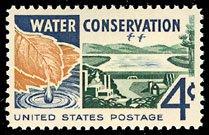
Freshwater scarcity is a pressing issue for Florida’s coastal resorts, where demand often exceeds available supply. Resorts must manage their water usage carefully to ensure sustainability and minimize environmental impact. Desalination and water recycling offer potential solutions but come with their own challenges and costs. Freshwater scarcity is exacerbated by climate change and population growth, requiring long-term planning and management. Public awareness and education are crucial for promoting sustainable water use practices. Protecting and conserving freshwater resources is essential for the future of Florida’s coastal communities.
Damage to Dunes and Coastal Vegetation
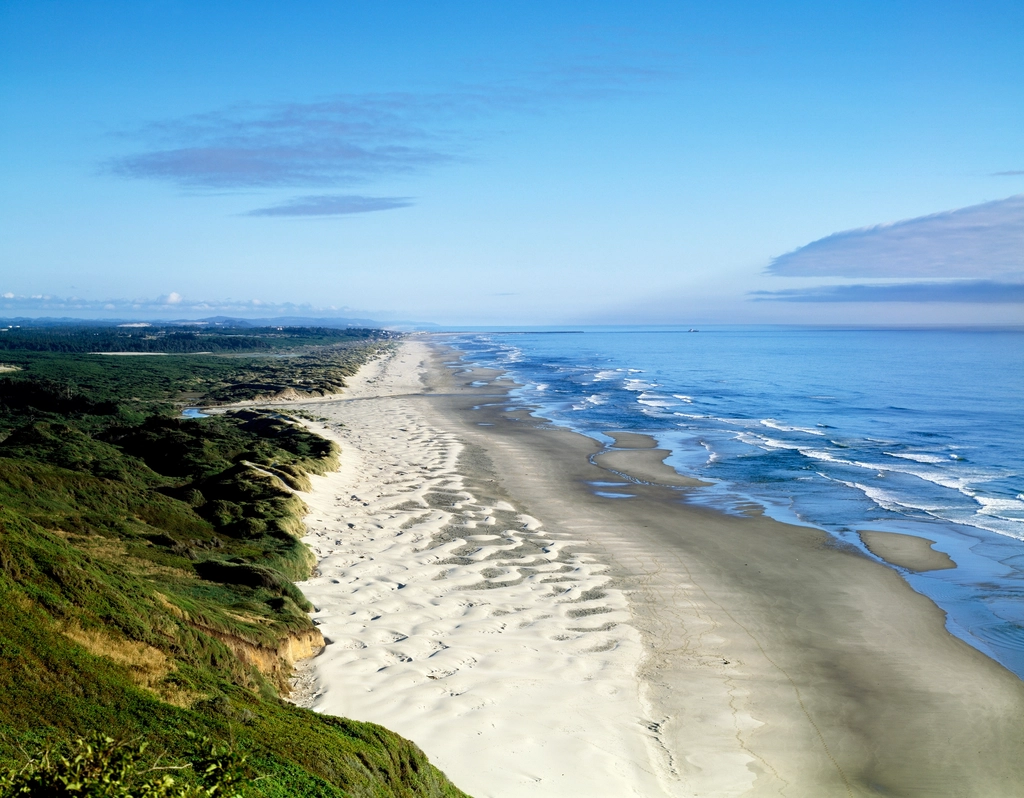
Dunes and coastal vegetation play a crucial role in protecting Florida’s coastlines from erosion and storms. However, they are often damaged by human activities, such as construction and recreational use. The loss of dunes and vegetation can increase vulnerability to natural disasters and impact biodiversity. Resorts must implement conservation practices to protect these natural barriers, such as restricting access and promoting restoration efforts. Public awareness and education are essential for fostering appreciation and respect for coastal ecosystems. Balancing development and conservation is key to maintaining the health and resilience of Florida’s coastlines.
Noise and Light Pollution
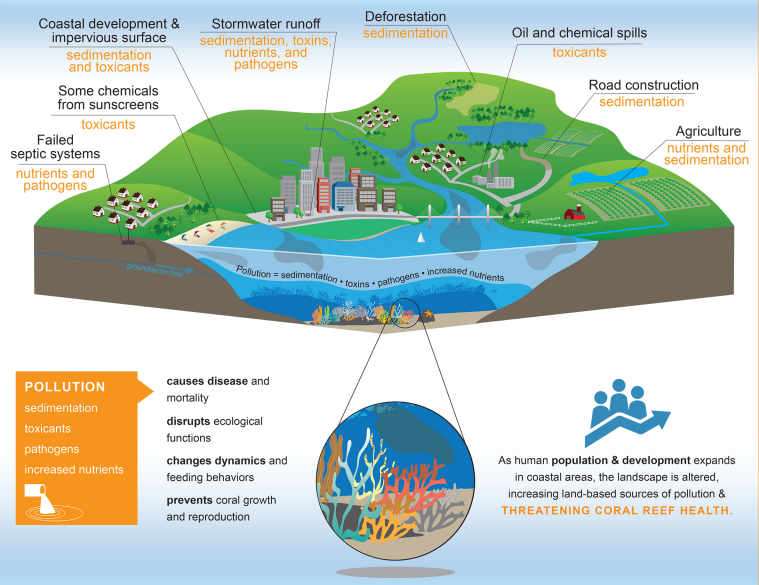
Noise and light pollution are often overlooked but can have significant impacts on Florida’s coastal resorts. These forms of pollution can disrupt wildlife, affecting behaviors such as migration and reproduction. Resorts must manage their operations to minimize noise and light pollution, promoting a more natural and tranquil environment. The presence of excessive noise and light can also detract from the visitor experience, impacting tourism and local economies. Public awareness and education are crucial for understanding the impacts of noise and light pollution. Implementing sustainable practices can help mitigate these issues and enhance the overall quality of coastal environments.
Loss of Cultural and Historical Sites

The loss of cultural and historical sites is a significant concern for Florida’s coastal communities. Rising sea levels, erosion, and development can threaten these valuable landmarks. Preserving cultural and historical sites is essential for maintaining the identity and heritage of coastal communities. Resorts can play a role in conservation efforts by supporting preservation initiatives and promoting cultural tourism. Public awareness and education are key components in fostering appreciation and respect for cultural and historical sites. Protecting these sites is crucial for ensuring that future generations can experience and learn from Florida’s rich history.
